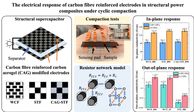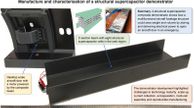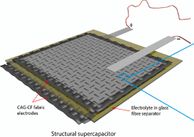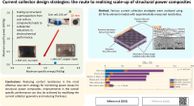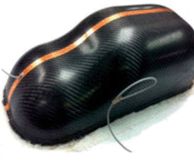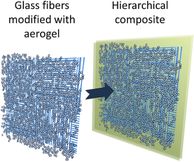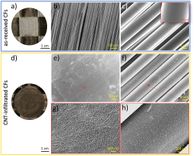BibTex format
@article{Johannisson:2020:2399-7532/ab8e95,
author = {Johannisson, W and Nguyen, S and Lindbergh, G and Zenkert, D and Greenhalgh, ES and Shaffer, MSP and Kucernak, ARJ},
doi = {2399-7532/ab8e95},
journal = {Multifunctional Materials},
pages = {025002--025002},
title = {A residual performance methodology to evaluate multifunctional systems},
url = {http://dx.doi.org/10.1088/2399-7532/ab8e95},
volume = {3},
year = {2020}
}
